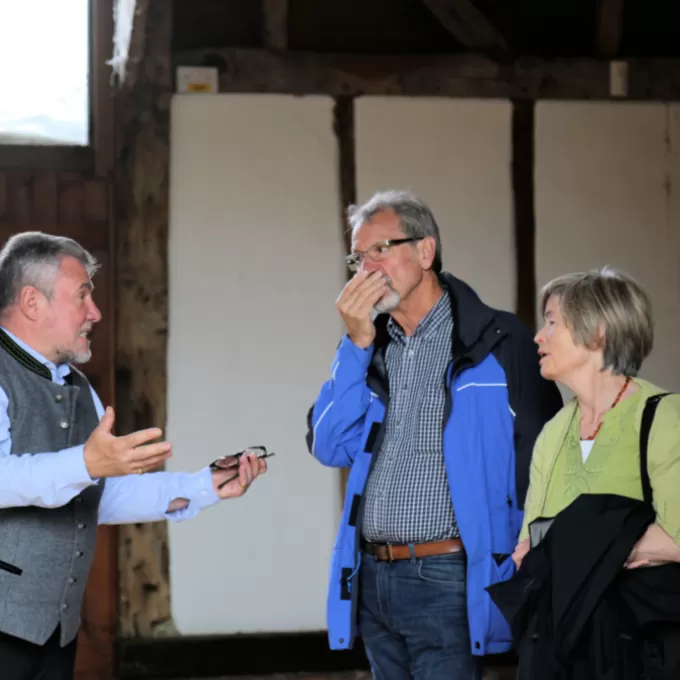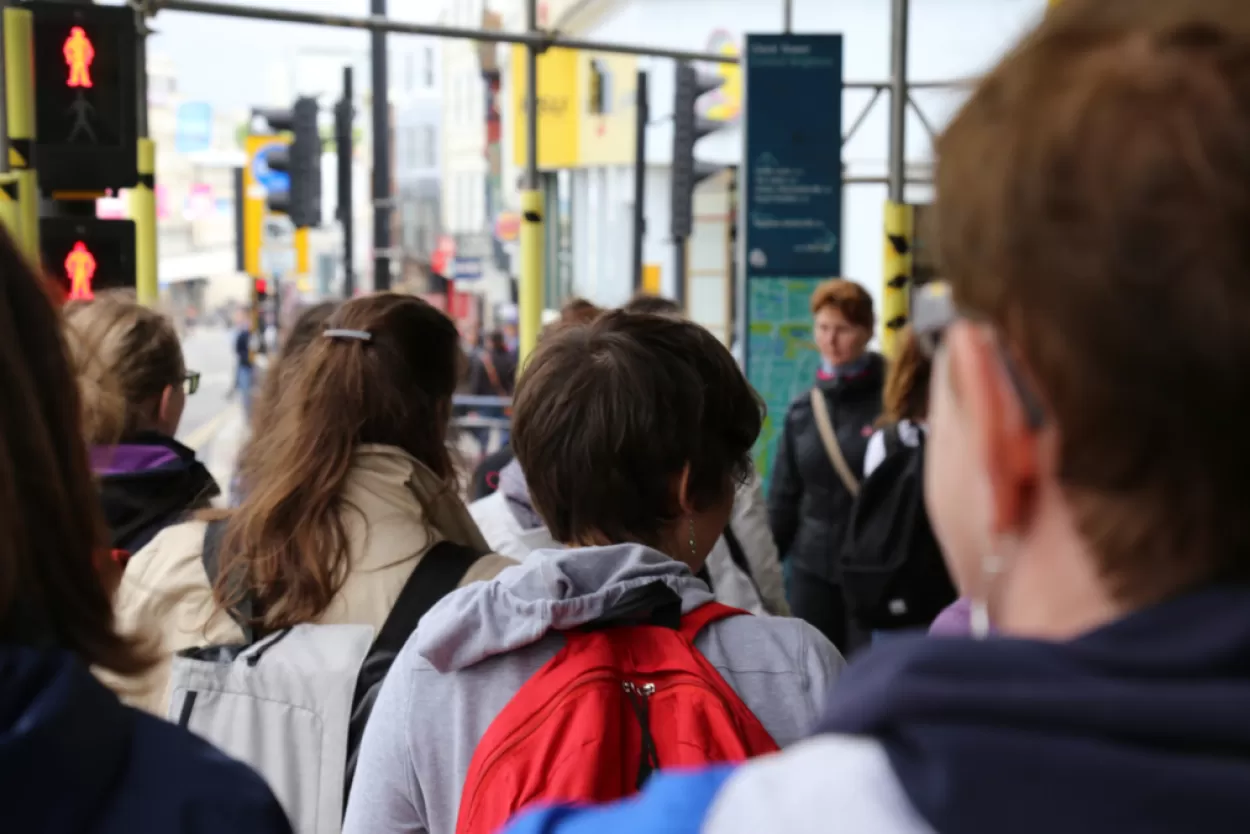The best language school in Brighton
Which is the best language school in Brighton? We turn to the most trustworthy source of information - the British Council's Accreditation UK. Hint - you're in the…


Just starting out with English? You might be making mistakes that could make learning English as a second language even harder. Have a read through our top common mistakes when learning ESL (English as a second language) to ensure you’re not doing these things wrong – because no one wants a harder time, especially when learning English is no easy thing!
The biggest mistake people make is being too hard on themselves. It might make you less confident in your abilities. You absolutely need to be confident in what you are doing in order to succeed with ESL. You mustn’t be afraid to put yourself out there or worry about being embarrassed.
Speaking from personal experience, people are really impressed when you try to learn another language, and speaking with native speakers is a very encouraging exercise. Being able to talk to people without fear of making mistakes is a key element of learning any second language (remember mistakes are a great way to learn), you need the practice, and if you are holding yourself back you won’t get that experience.
Language author and polyglot (a person who speaks many different languages) Benny Lewis says you should start trying to speak in the language the first day you start learning it. And even though that might only be for the most confident among us, he does have a point. Speaking is a skill, like riding a bike or learning to swim. You learn it through repetition and practise, not from books.
So don’t just study English grammar and vocabulary, or do a few daily exercises on a language app on your smartphone, and think that it will make your speaking immediately fantastic. As a beginner the sooner you start speaking the better. Practise all the time, because once you develop your speaking skills it will give you another way to try out your grammar and verb tenses and everything else that makes English such a rich and rewarding language to communicate in.
When you are practising your speaking don’t make the mistake of focusing too much on your pronunciation and forgetting about intonation. Obviously you will want your pronunciation to improve, but intonation (the flow of your speaking, where you place emphasis and the speed of your words) might actually be more important in being understood.
In English, we tend to put the stress on the keywords (place, action, person and so on) and leave less important words like ‘at’ and ‘the’ without stress. Your intonation is what makes your speaking sound interesting – if you forget about the flow of your speaking you can very easily bore people and they will stop listening to you.
It’s worth saying when you are learning ESL at an English language school or by taking an English course you can’t just learn English by doing work in the classroom. In fact, you shouldn’t treat it like any other work you do – it should not be work, it should be fun!
Just think of anything you like doing for fun where you use your mother tongue and you can do it with ESL. You can literally use your X-Box or PlayStation and practice your English speaking via a headset, just sign into the British servers and you’ll be able to talk to native speakers while you play! Or go shopping and ask the customer assistant questions in English. Even if you already know the answer it’s an easy way to practice while enjoying yourself.
If you are in an English speaking environment like the UK, another great thing for beginners to do is to listen to the world around you. Listen to customer announcements, listen to the radio, watch British television and read the local new on your phone – all these things help you to find out the proper way to pronounce your words and emphasize your sentences.
All too often people forget to listen to the language they are trying to learn. Listening is as important to communication as speaking, so you need to practice both. One useful thing to try is to listen out for phrases or chunks of words that you recognise native speakers saying. Even if you don’t understand what it means you’ll start to pick up that that chunk of words has a certain meaning and then you can learn what it means and use it in your own speaking.
Which leads to the final mistake: direct translation. Relying too much on your mother tongue can cause problems for you. If you are learning a new language by directly translating it back into your own language and vice versa you can confuse yourself very quickly. Every language has slightly different sentence structure, different ways of conjugating verbs, different use of tenses – and that’s before you start to talk about colloquialisms, metaphors and idioms.
For example, there is an Arabic saying: ‘laisa lii fiiha naqa wa la jamal’ which literally translated to English is ‘I don’t have a camel in the caravan’. The saying means ‘this matter doesn’t concern me’ but if you only learn it through direct translation you won’t understand what it means. The best way to learn a second language is through everyday life, not through constantly comparing it to the language you already speak. That way you learn the cultural context of the other language at the same time and you begin to understand more of how the language works.
Learning to speak English as a second language is a difficult thing to do, but it gets easier once you know you are doing the right things. Good luck and have a great ESL journey!
To learn more about learning English as a second language check out courses on offer at The English Language Centre. The school is a not for profit charity with locations in Brighton, Eastbourne and Chester.

Which is the best language school in Brighton? We turn to the most trustworthy source of information - the British Council's Accreditation UK. Hint - you're in the…

The 50+ English group take in brilliant sunshine, artistic creativity and stunning architecture on a Sunday afternoon trip into Brighton.
